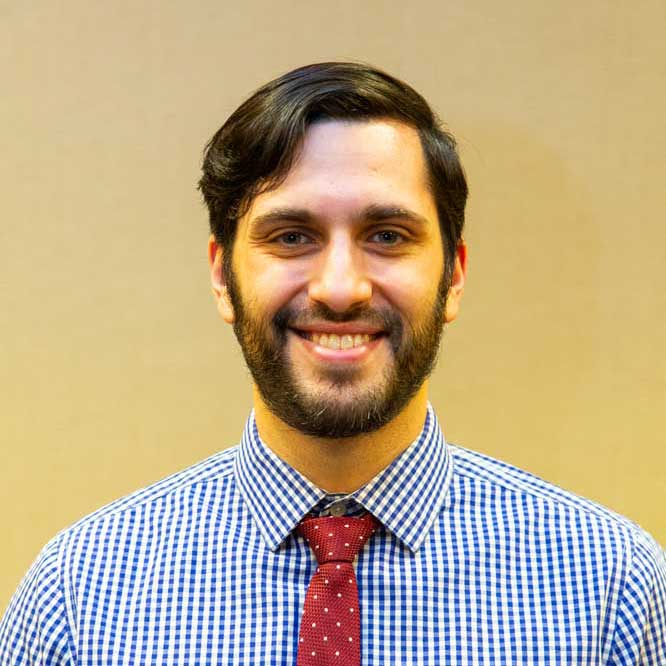The New York State Department of Health, the New York State Office of Alcoholism and Substance Abuse (OASAS), and the New York State Buprenorphine Working Group wrote a Best Practice document focused on misconceptions related to the use of buprenorphine for the treatment of opioid use disorder (OUD). NYSAM Board Member, Dr. Dan Schatz, wrote a summary of the document reviewing five misconceptions of buprenorphine treatment.
Purpose: Provide guidance, information, and address common misconceptions.
Bottom Line: Many misperceptions around the care for individuals with buprenorphine (BPN) prevent clinicians from providing lifesaving treatment. While it is true that BPN has unique properties and that people suffering from addiction frequently have co-occurring psychological and social issues, the medical assessment of opioid use disorder (OUD) and treatment with BPN can be done easily in the primary care setting. This summary should serve to reassure providers that many perceived barriers to treatment are overestimated and that for most patients medication assisted treatment is the preferred treatment modality for those with OUD.
Misperception 1: Federal law requires patients on BPN attend counseling
Truth: Counseling is not required and many patients may refuse counseling. This should not prevent the prescribing of BPN. Federal law only requires the ability to refer patients needing and willing to receive counseling.
Misperception 2: Polysubstance or continued opioid use are indications to discontinue BPN.
Truth: Polysubstance (even benzodiazepines) and/or continued opioid use are common among patients with OUD even when maintained on BPN. The benefits of continued BPN very likely outweigh the potential harms of not prescribing. Continued substance use should not be the sole reason to discharge a patient from BPN. Reductions in substance use, engagement with healthcare are meaningful outcomes in and of themselves.
Misperception 3: An extensive initial assessment for BPN induction is necessary
Truth: A focused assessment including drug use and treatment history, significant medical and psychiatric history and a focused physical exam. Laboratory testing should include drug testing, pregnancy test, liver function, hepatitis, and HIV. None of these are contraindications (including pregnancy) to BPN induction, but may require additional counseling. The continued use of illicit opioids is far riskier than the risk associated with BPN.
Misperception 4: Diversion of BPN is hugely problematic
Truth: BPN is generally diverted for the alleviation of withdrawal or continued abstinence rather than for intoxication/euphoria. Prescribers should try to minimize diversion but should not allow concerns of diversion to prevent treatment with BPN. Ways to minimize diversion include understanding the cause of any discordant behaviors, and checking urine for buprenorphine/norbuprenorphine, amongst others.
Misperception 5: The goal is to taper off of BPN to be “truly abstinent”
Truth: The risk of relapse is incredibly high when BPN is discontinued, despite long periods of abstinence. BPN should continue for as long as the patient is benefiting and thought of as treatment for a chronic medical condition. For those who opt to stop treatment should be done with close observation and with referral to ancillary services such as 12-step programs, harm reduction, and others.

